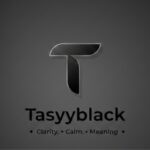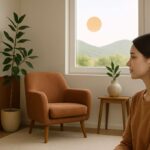Did you know that there are more than one million brick-and-mortar stores in the United States alone? If you’re working on the design of your own store, you may be struggling with interior design. How can you make a store layout that appeals to customers?
If you’re curious about design ideas for your business layout, we’re here to help. Read on for a quick brainstorming guide on how to come up with store ideas.
Pick a Goal
Your first step to deciding your store layout should be to look at your goal. Do you intend to highlight efficiency, or would you rather focus on aesthetics? Most designs have elements of multiple goals, but one primary intention.
Here are three of the most common goals when working on a store’s interior design.
Display
A common goal is to design a store around highlighting displays. These are particularly common designs for retail stores that have multiple goods to show off.
One floor plan is the “mixed floor plan,” which is often used in specialty stores. These provide multiple displays and an interrupted walking space that makes customers more aware of their surroundings.
Guiding
Some store plans are focused on guiding customers through the store. For such plans, some layouts will guide customers toward the back of a store. Afterward, they’ll need to walk back toward the front.
While this sounds inconvenient as a trip, it exposes the entire store to a customer. They’ll see all of your displays and products that you’re wanting to emphasize. Use this design for a small store with many displays.
Ease of Use
Finally, if you’re focusing on ease of use, your layout should lean toward this. Such stores may have diagonal floor plans for easy access to kiosks, products, and the like.
Loop floor plans are also common for this design. These floor plans will lead you through the whole store, maximize wall space, and are easy to walk in and out of.
Decide Designs
With your intentions decided you should think of the aesthetic of your store. Have you picked a business layout that you can make aesthetically pleasing?
For example, forced-path floor plans are difficult to design for some businesses. You may require retail displays and fixtures that fit the particular pathways.
Loop floor plans can also feel crowded due to the limited space. You may struggle to find the proper wall space to decorate or emphasize themes.
Free-flow and mixed floor plans are easy to decorate. Without a specific design, you can more easily find room for your ideal theming.
Making the Perfect Store Layout
To design the ideal store layout, consider what best works for the theme and product of your store. Your company design should highlight a layout that can accomplish multiple things at once, such as an aesthetically-pleasing design that guides guests.
For more information, be sure to browse our extensive site.










